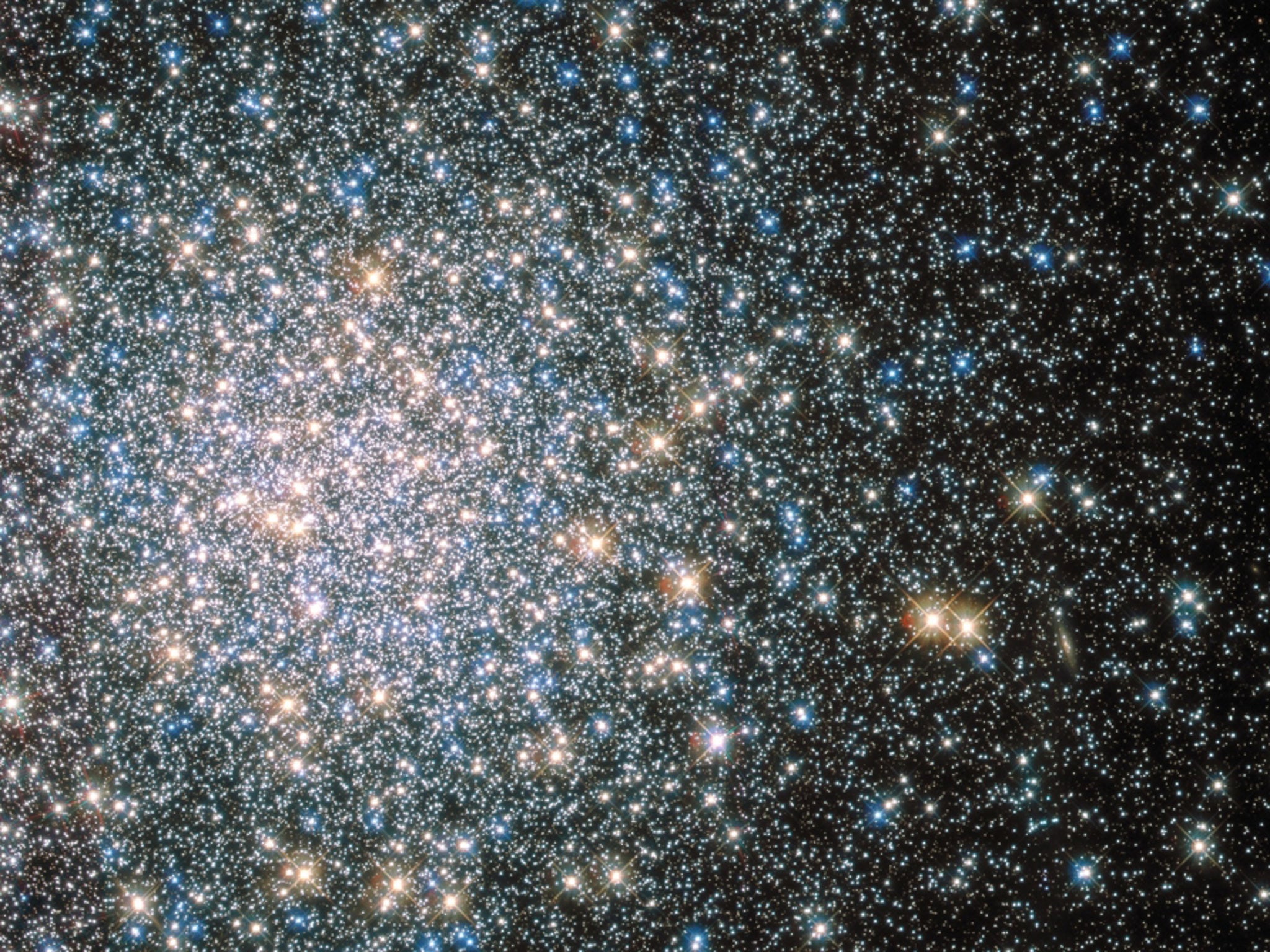Age of stars can be worked out from how fast they spin, helping understand universe and possibility of alien life
Findings could help tell us where in space alien life might be found

Your support helps us to tell the story
From reproductive rights to climate change to Big Tech, The Independent is on the ground when the story is developing. Whether it's investigating the financials of Elon Musk's pro-Trump PAC or producing our latest documentary, 'The A Word', which shines a light on the American women fighting for reproductive rights, we know how important it is to parse out the facts from the messaging.
At such a critical moment in US history, we need reporters on the ground. Your donation allows us to keep sending journalists to speak to both sides of the story.
The Independent is trusted by Americans across the entire political spectrum. And unlike many other quality news outlets, we choose not to lock Americans out of our reporting and analysis with paywalls. We believe quality journalism should be available to everyone, paid for by those who can afford it.
Your support makes all the difference.Stars slow down as they age — and new findings could mean that we’re able to use that information to determine exactly how old various stars are.
If scientists can plot out exactly how old the various stars in our universe are, it will help understand how astronomical phenomena involving stars and other objects in space happen over time. It could also help tell us where in space alien life could be found.
"Our goal is to construct a clock that can measure accurate and precise ages of stars from their spins. We've taken another significant step forward in building that clock," said Soren Meibom of the Harvard-Smithsonian Center for Astrophysics (CfA).
A new team, led by Meibom, has carried out the first observations of the ages of stars older than 1 billion years. Some of the stars are approaching the age of our 4.6 billion year old Sun.
Stars’ spin steadily slows down like a spinning top on a table, and so can indicate how long the star has been spinning for. The spin also depends on the stars mass, and bigger, heavier stars tend to spin faster than smaller ones.
The new research shows the relationship between spin, mass and age. That means if scientists know how big a star is and how fast it is spinning, they should be able to work out how long it has been around for.
To measure the spin, scientists look for changes in their brightness caused by dark spots on their surface. Astronomers can’t see directly across a star so watch for when those spots appear and then disappear.
Scientists looked at stars weighing 80 per cent to 140 per cent of our sun. They measured the spins of 30 stars.
"Now we can derive precise ages for large numbers of cool field stars in our Galaxy by measuring their spin periods," states Meibom. "This is an important new tool for astronomers studying the evolution of stars and their companions, and one that can help identify planets old enough for complex life to have evolved."
The new research was published in Nature yesterday.
Join our commenting forum
Join thought-provoking conversations, follow other Independent readers and see their replies
Comments